You had one bad Zoom call and suddenly you’re spiraling into a full-on existential crisis while panic-eating pretzels at 2 p.m. Meanwhile, out in the wild, animals are dodging predators, surviving ice storms, and managing entire migratory marathons—and somehow doing it without Xanax or venting to a group chat. Nature, it turns out, is full of stress-management pros, and they could probably teach us all a thing or two about keeping our cool.
So, while we’re still debating whether to meditate or rage-text, these animals are out here thriving. From slow-breathing reptiles to mammals with built-in trauma responses, here are 5 wild species that handle stress like actual mindfulness gurus.
1. Sloths Are Unbothered Icons of Chill
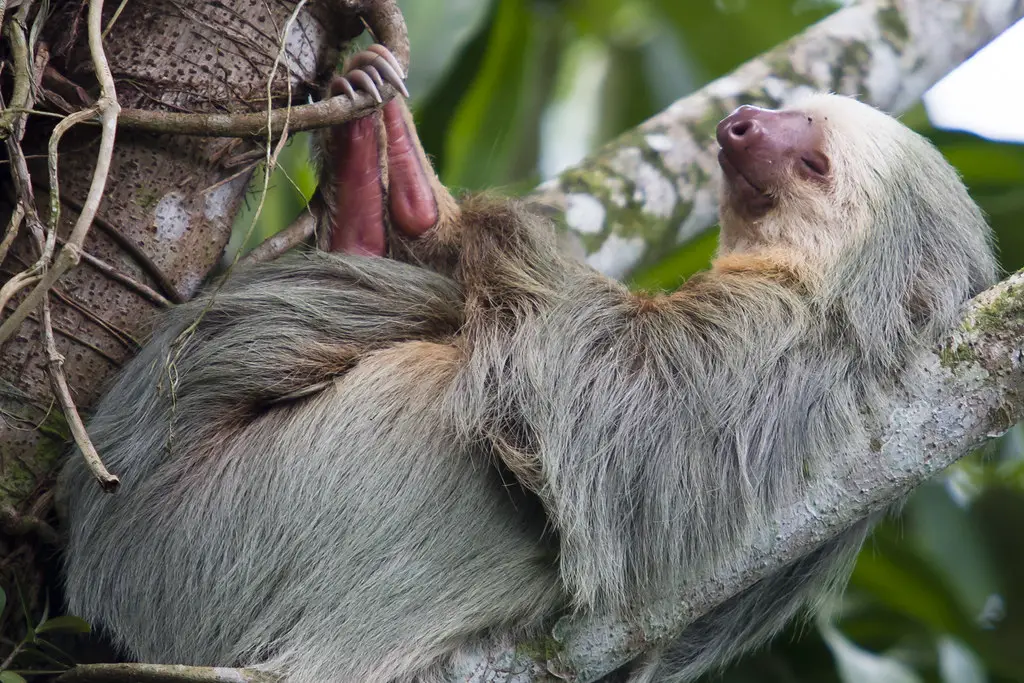
If anxiety had an opposite mascot, it would be a sloth. These fuzzy tree-dwellers have perfected the art of not giving a single sh*t. Their entire nervous system is built for slow living—literally. As The World Wildlife Fund reports, sloths have incredibly low metabolic rates, which means their bodies don’t flood with stress hormones the way ours do. Instead of going into fight-or-flight mode, sloths just… blink slowly and hang upside down.
They move so little, algae grows on their fur. That’s not laziness—it’s survival. Staying still keeps them nearly invisible to predators and conserves energy, which means no frantic cortisol spikes every time a twig snaps. Even when captured for medical studies (calm down, they’re okay), sloths rarely show elevated stress responses. Basically, they’ve cracked the code: don’t rush, don’t panic, and if you’re stressed, maybe just nap about it. Sloths don’t just manage stress—they ignore it into nonexistence.
2. Elephants Literally Never Forget—But They Also Forgive
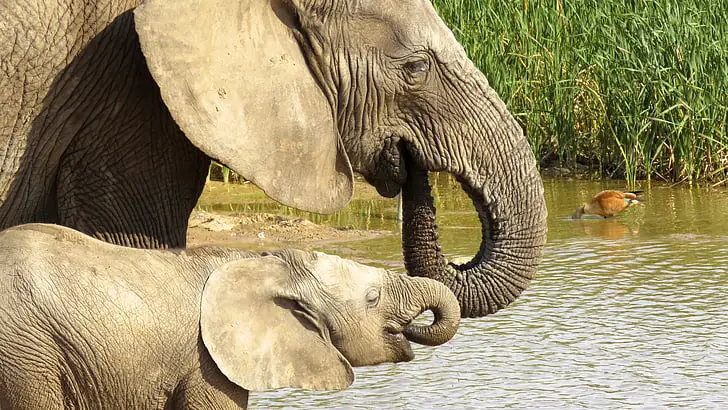
You’d think that having a memory like an emotional spreadsheet would lead to more anxiety, not less. But elephants are absolute pros at processing grief, trauma, and social disruption. According to Medium, they’ve been observed mourning their dead, comforting distressed herd members, and even forming long-lasting, cooperative friendships. But here’s the wild part: they don’t stew. Elephants use physical touch (trunks!) and vocal reassurance to calm each other down, creating a built-in therapy group in their herd.
Even after traumatic events—like poaching or drought—elephants go on to form new social bonds and continue caring for others. They don’t isolate or self-destruct; they reconnect and adapt. Experts believe their strong familial structures help regulate stress hormones and promote healing. They’re basically the emotionally intelligent aunt we all wish we had. Take note, humans: you can remember the pain without becoming a permanent ball of stress. The elephant way? Feel it, face it, move on.
3. Octopuses Literally Rewire Their Brains Under Pressure
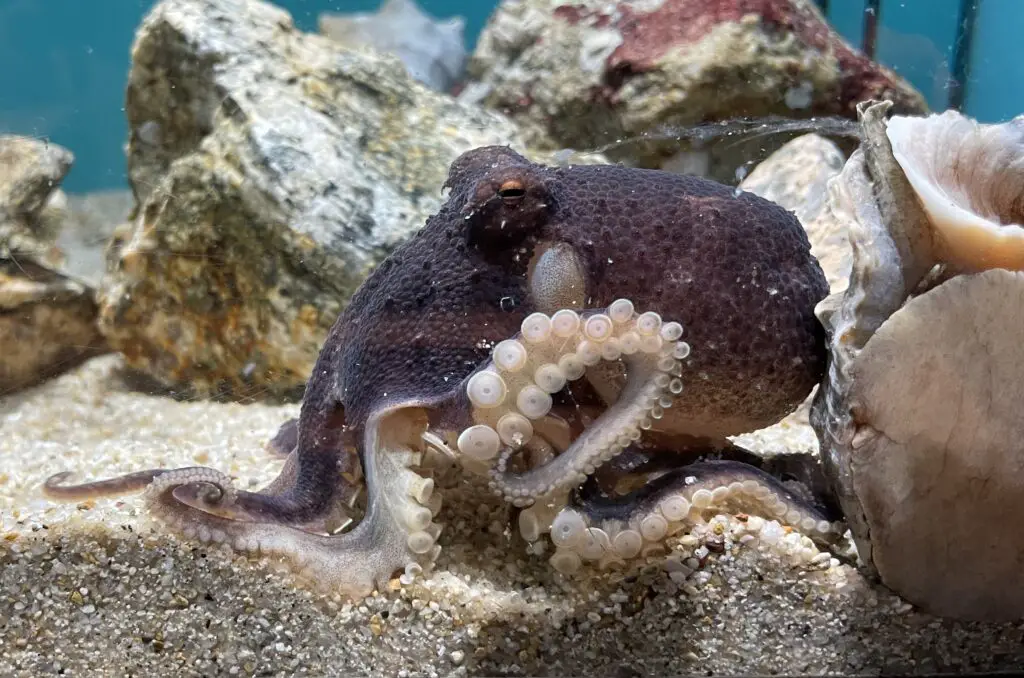
Octopuses are the multitaskers of the sea—but they don’t burn out like humans juggling 23 tabs. These eight-armed wonders use their entire bodies to manage stress, with a nervous system that’s decentralized—meaning their arms can think and act semi-independently. As Newsweek explains, octopuses have even been observed changing skin color while sleeping, possibly as a way to regulate emotion or process experiences.
When stressed, they don’t just curl up and cry—they problem-solve, camouflage, and even squirt ink as a literal “nope” button. They also show signs of strategic planning and environmental control, like making dens out of shells and rocks. Unlike humans who overthink stress, octopuses adapt in real time. If something’s not working, they shift gears—physically and neurologically. Plus, they experience short, cyclical sleep states that may help them “reset” between challenges. Basically, your anxious brain could never. The octopus is out here turning panic into puzzle-solving.
4. Zebrafish Flush Stress Like a Detox Pro
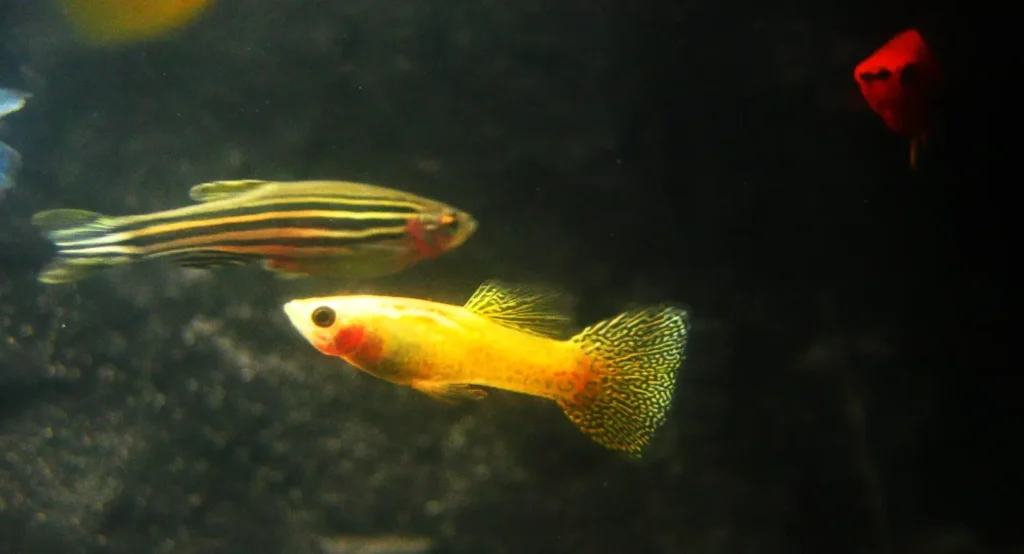
Zebrafish might be small, but their stress response is impressively efficient. When something goes wrong—say, a predator swims by—they go into a short-term cortisol spike and then immediately bring it back down. According to Science Direct, these fish are being used in neuroscience research to study stress regulation because of how quickly they recover. Their brains have a near-instantaneous “flush” effect, allowing them to return to calm baseline states faster than you can say “I need a vacation.”
Instead of stewing for days over a bad moment, zebrafish experience stress like a splash of cold water—jarring, but brief. They also exhibit social behaviors that reduce group-wide anxiety, like shoaling (aka fish group cuddles). If humans could clear cortisol this quickly, we’d all sleep better and rage-scroll less. Bonus: they’ve helped scientists identify specific genes linked to resilience, meaning your next mental health breakthrough could be brought to you by a fish the size of your pinky. Tiny fish. Big chill.
5. Sea Otters Hug Each Other to Keep Calm
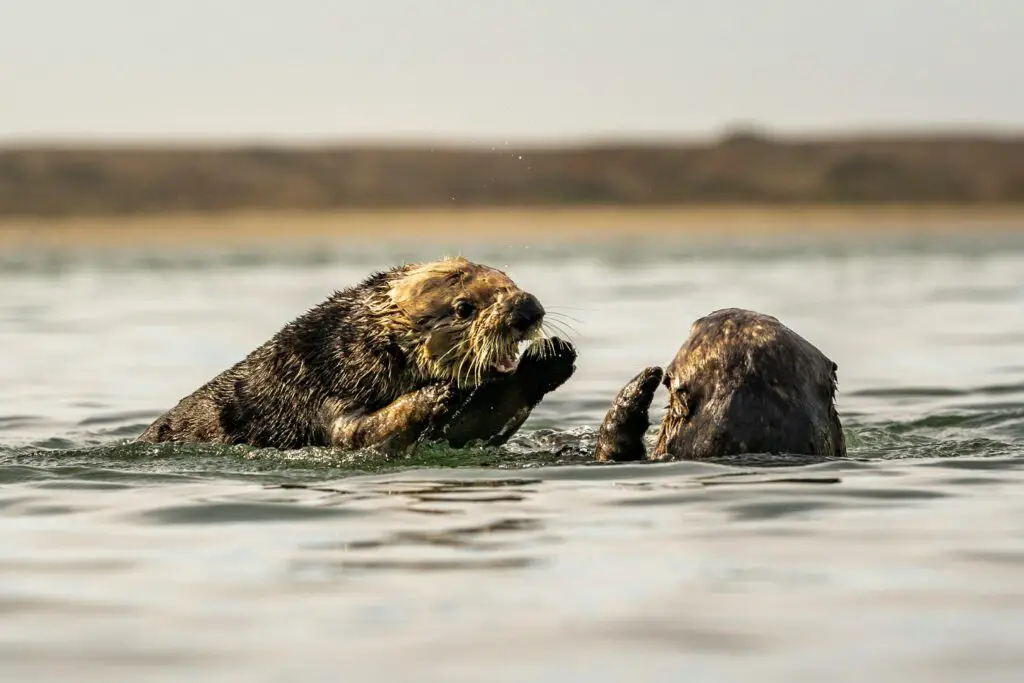
Sea otters aren’t just internet darlings—they’re also experts in co-regulation. When things get dicey, these floaty furballs literally hold hands to stay calm. It’s not just adorable—studies have shown that touch and group bonding behaviors actually help otters reduce stress and regulate body temperature. As Discover Magazine reports, hand-holding is just one of several social behaviors that promote trust, calmness, and collective resilience in otter groups.
They also form small rafts (no, seriously, that’s what they’re called) to float together while resting, which helps prevent isolation and reduces anxiety. Even when separated, sea otters seek each other out quickly to restore contact. And when they’re not cuddling? They’re cracking open clams with rocks like little spa-day enthusiasts. Stress comes and goes, but otters don’t spiral—they reconnect. So the next time you’re panicking solo, take a note from sea otters: find your raft, hold a hand, and float it out.
6. Gorillas Meditate Without the App
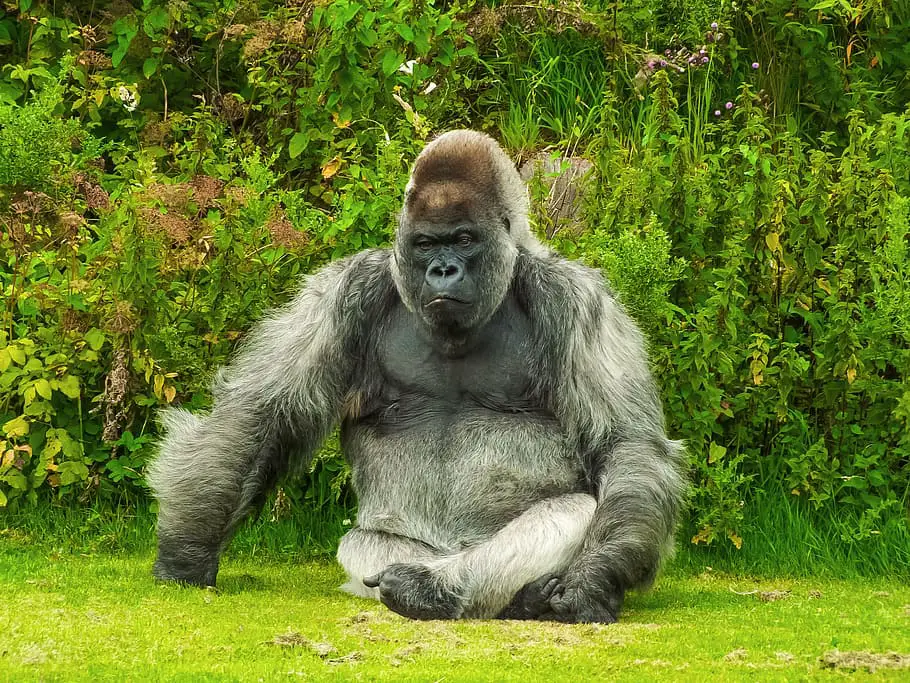
Gorillas don’t need guided meditations or YouTube sound baths to find inner peace. When things get tense in the troop, these gentle giants will often retreat to a quiet corner and sit—literally doing nothing—for long periods of time. They slow their breathing, avoid eye contact, and just vibe with the trees until the drama settles. It’s their version of a reset button, and it works.
Unlike us, they don’t scroll, rehash arguments, or check Slack messages from their boss. They recognize when it’s time to take a beat—and they actually take it. Even alpha males will step back when tension’s high, signaling to others that chill time is needed. It’s not about dominance; it’s about harmony. Their group dynamics improve when individuals self-regulate like this. Basically, gorillas invented the “silent retreat” before it was trendy. If you’re feeling overwhelmed, maybe sit under a tree, breathe deeply, and go full gorilla for a few minutes.
7. Arctic Foxes Thrive in Extreme Conditions Without Melting Down
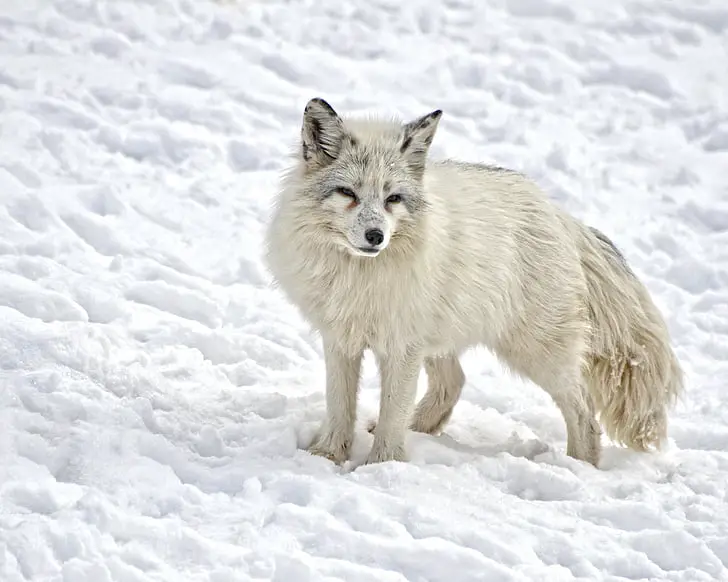
Arctic foxes are tiny, cold-weather warriors that should be buckling under the stress of their brutal environment—but nope. These fluffballs face -70°F temperatures, food scarcity, and predators, and still manage to keep their cool—literally and emotionally. Instead of panicking, they adapt by slowing their metabolism and entering energy-conservation mode.
They’ll even dig cozy snow dens to shield themselves during storms, kind of like building a blanket fort with actual survival stakes. When food’s scarce, they scavenge, stalk, and shift strategies until something works—no existential crises needed. Arctic foxes don’t complain when the weather changes or their plans go sideways—they pivot. Their resilience is a combo of instinct, patience, and a very chic winter coat. If they had a motto, it’d be “adapt and fluff on.” The lesson? When things get cold and unpredictable, you can stress… or you can dig in and outlast.
8. Ants Handle Disaster Like a Project Manager
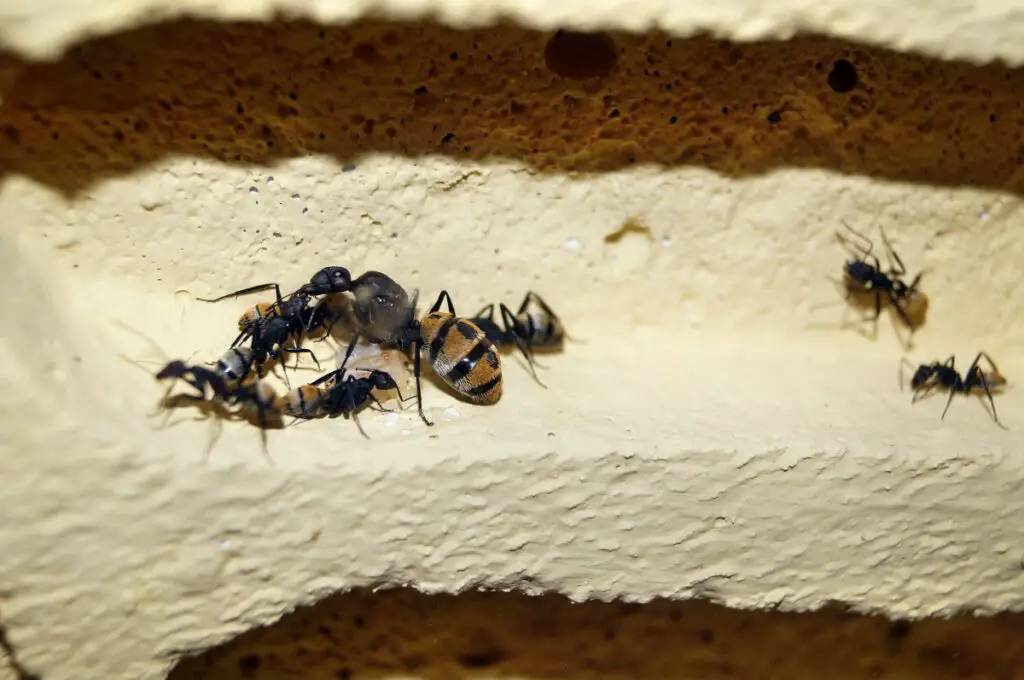
When a flood hits an ant colony, they don’t panic—they float. Literally. Fire ants will link together to form living rafts, carrying the queen and larvae to safety like tiny, organized lifeboats. And when a tunnel collapses or a food source vanishes, they immediately reroute, rebuild, and get back to work. No lengthy meetings. No meltdown. Just synchronized, communal problem-solving.
They each take on roles without complaining—builders, scouts, defenders—and execute without hesitation. Their stress response isn’t emotional; it’s logistical. They reallocate resources, shift priorities, and remain laser-focused on survival. It’s the kind of cool-headed efficiency that would make your office’s project manager weep with envy. So next time your day goes off the rails, channel your inner ant. Team up. Pivot fast. And float if you have to.
9. Alligators Chill So Hard They Barely Blink
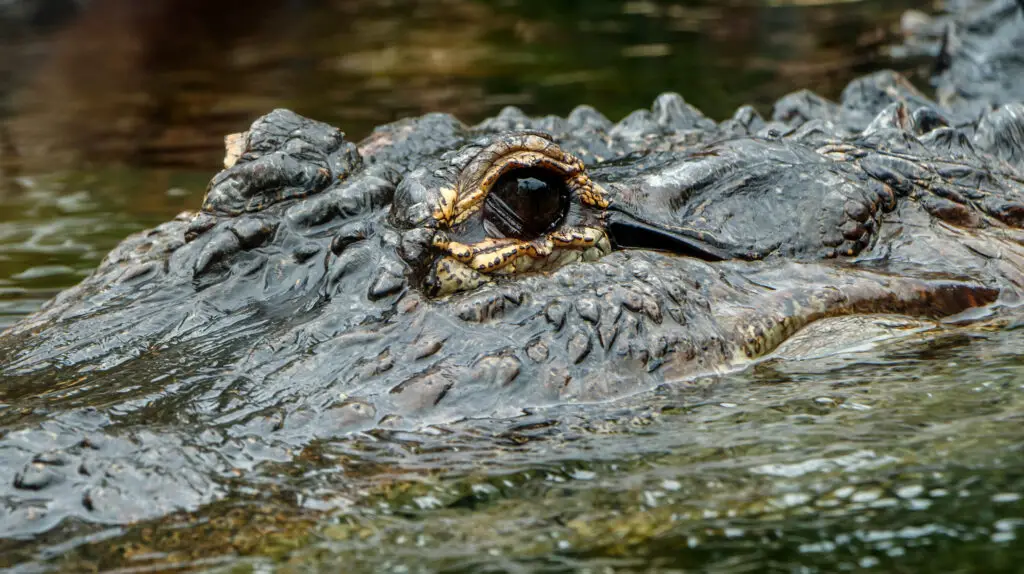
Alligators are peak non-reactive energy. These prehistoric lizards can stay perfectly still for hours, barely breathing, just waiting for the right moment to act. And no, it’s not laziness—it’s pure, calculated energy conservation. Their slow metabolism means they don’t need to eat often, and they’re not wasting mental calories on anything unnecessary.
They don’t overthink. They don’t stress-scroll. They just exist until action is required—and then snap, it’s game time. This minimalist approach to life helps them handle changes in food, water levels, and temperature like it’s NBD. Even when trapped or relocated by wildlife experts, gators rarely thrash or panic—they freeze and wait. It’s stoicism with scales. If you’re spiraling, consider going gator: lie low, conserve your energy, and save the drama for when it really counts.
10. Dolphins Use Play as a Stress Response

When things get chaotic, dolphins don’t withdraw—they play harder. These underwater geniuses use social play, vocal games, and synchronized swimming to de-stress and reconnect. Play is how they process tension, reduce cortisol, and rebuild social bonds. And the best part? They often rope others in—because dolphin joy is highly contagious.
Even when injured or recovering, dolphins have been seen engaging in light-hearted games with their pods. It’s not just for fun—it’s therapy. Their brains are highly developed, and play is their way of hacking their own emotional regulation system. Rather than bottling it up or disengaging, they laugh it out (okay, echolocate it out). Maybe next time you’re spiraling, skip the doomscrolling and go play kickball, make something weird with paint, or dance like no one’s judging. Because if dolphins can manage emotional waves with literal waves, so can you.
11. Koalas Sleep Their Stress Away
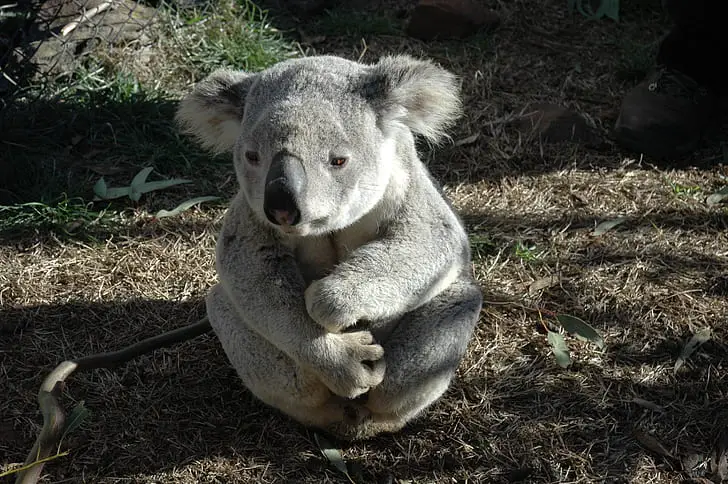
Koalas deal with life’s chaos in the most relatable way possible: they nap. A lot. Like, 18 to 22 hours a day. They have one of the lowest-stress lifestyles in the animal kingdom, and it’s not just because they’re cute—it’s because they conserve energy like pros. Their diet of eucalyptus is low in calories, so they have to chill to survive.
But the bonus? Less activity = less cortisol. Even when researchers study them, koalas remain largely unfazed, with minimal spikes in stress hormones. They don’t hustle. They don’t panic. They nap, stretch, snack, and repeat. Koalas are proof that sometimes the best stress response isn’t to do more—it’s to do less. Permission granted to take a cozy, guilt-free nap today.
12. Camels Power Through Without Drama
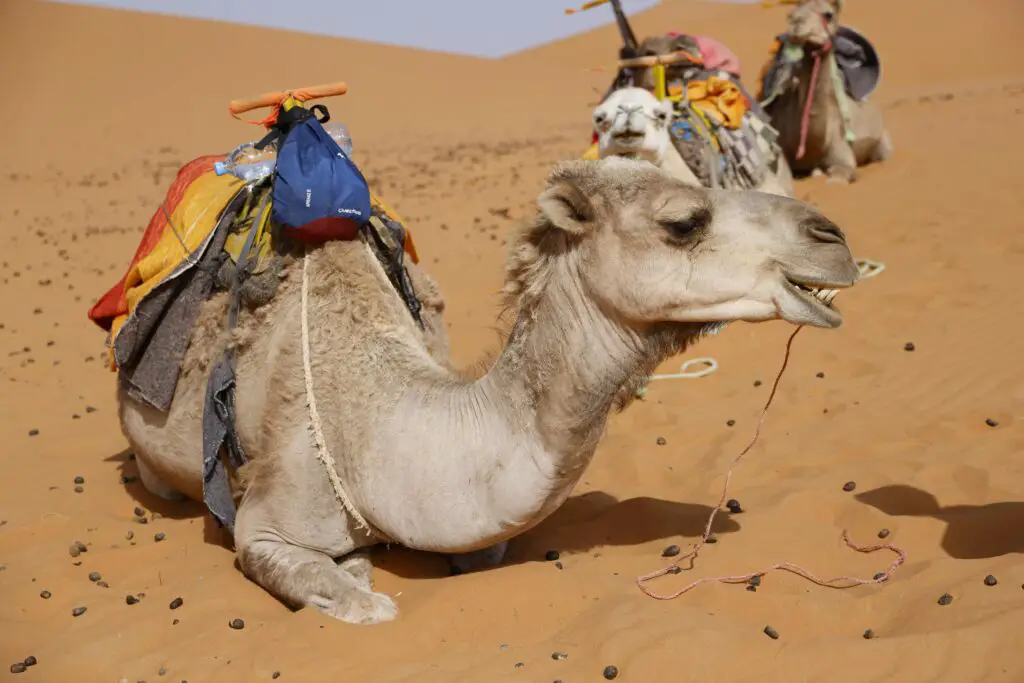
Camels don’t just survive the desert—they own it. They can go a week without water, eat thorny plants like it’s kale, and endure scorching heat with zero drama. Their bodies are so efficient, they can lose up to 25% of their body weight in water without keeling over. But it’s their calm, measured movements that show just how well they manage stress.
Camels don’t overreact. They conserve energy, stay cool, and only move when they absolutely need to. Even under duress, they’re more likely to grunt than panic. They’ve adapted to endure discomfort without making it worse. That’s the ultimate flex. If your week feels like a desert marathon, think camel: hydrate when you can, pace yourself, and save your spit for someone who deserves it.
13. Baboons Process Trauma Through Grooming

When baboons go through social conflict or predator encounters, they don’t stew—they groom each other. It’s not just a hygiene thing—it’s emotional recovery. Grooming lowers their stress hormones and helps reestablish trust and peace in the group. Think of it as their version of a friend showing up with wine and fuzzy blankets.
They instinctively seek contact with others after stressful moments, which literally helps them feel better, faster. It’s how they maintain social order and emotional balance in their troop. Baboons don’t ghost after drama—they lean in and work it out. Human translation? Don’t isolate after a meltdown. Reach out, connect, and let someone metaphorically (or literally) comb the chaos out of your hair. Because healing isn’t always solo work.
14. Turtles Take the “Go Slow” Approach to Stress
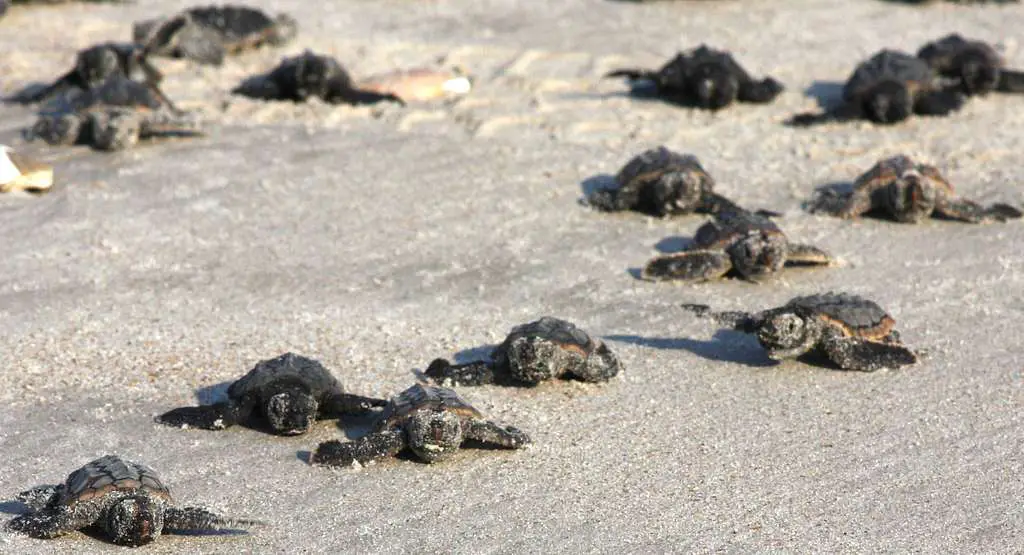
Turtles have figured out that going slow isn’t lazy—it’s wise. When stress hits, they withdraw—literally—into their shells. It’s not avoidance; it’s strategic timeout. They reduce movement, lower their energy output, and wait it out. And unlike humans who panic when things slow down, turtles know that stillness is the strategy.
Even in captivity, turtles show incredibly stable heart rates and cortisol levels under mild stress. Their physiology is built for long-haul calm, not short bursts of chaos. No sudden movements, no panic buttons—just one deliberate breath at a time. In turtle logic, fast isn’t always forward. So if life’s moving too fast, it’s totally okay to slow the heck down and pull into your metaphorical shell.
15. Parrots Talk It Out
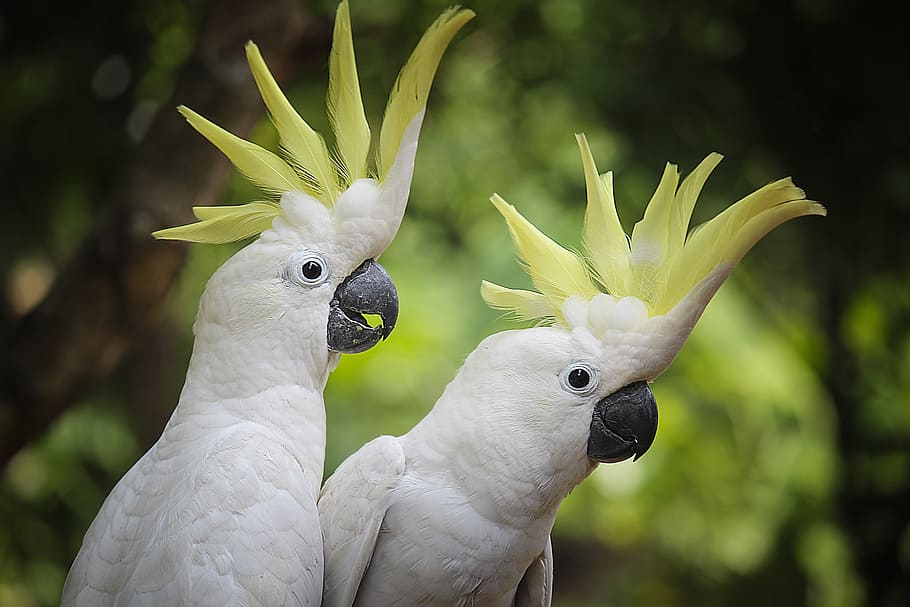
Parrots don’t bottle stress—they squawk it out. These talkative birds use vocalizations to express their emotions and stay socially connected, especially in tense situations. Whether it’s mimicry or chatter, parrots use sound as a pressure release valve. And when they’re around their flock (or humans they love), they talk even more, which helps lower their anxiety levels.
They also form deep bonds and rely on those relationships to self-soothe. You’ll often see bonded parrots preen each other and engage in synchronized activities to reinforce safety. Their emotional intelligence rivals that of some primates, and they’re not afraid to be vocal about it. While humans often suffer in silence, parrots thrive by being loud, social, and expressive. The takeaway? Don’t hold it in—vent, laugh, sing, scream into a pillow. Sometimes, stress just needs a soundcheck.
